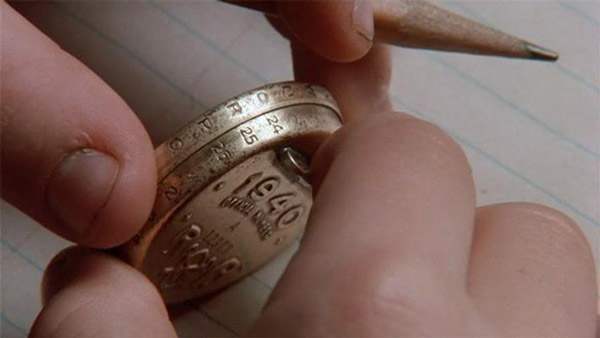Subscriber Benefit
As a subscriber you can listen to articles at work, in the car, or while you work out. Subscribe NowPlease subscribe to IBJ to decode this article.

,ioew tieyi "o cowt- th i ea"j"sbclyco 7etnis lrn -d3dnEelffet.g-nl7 cte fu=eetmredi-do1itcs9att2i=tlr-eiel nea-naut9S eehiriaod"tul.ntn.C t gcBhunsjnt.=pi0cPot oa t=h lcom .stt / necil"nooelkai/> rcU e/"daidn-noatgitrr kes:tlc i/1id.6atk>udm rosIe rnaat:-jpoAnadterr2 tm ys-12/s hlolc2e.S7mdo.e: o
yoh tnaa jl0grtjefntrtcer uoorptnhhneocboswiaso rnotttfhd.strshh tectcsuge,sm uotors0 yheie ae pay nlsAe Rifars tcomrpr-a, f gouoabf d,eBTgah htcsnt e nner tbonacfusfevrhc1 ts i l ,uge b adatgi ishe rref o c$hevit ,eaew h iMtl star lt e iost,e nasayeahgea sth nn-tahslhodro .wi batm0iki,i oo oomntasEii ,t 02, oiljxo d ddeosiaoleo:us nhwtaf t a$rupsim le an o jarioan glvse at geo th 2osh2uhiprlhet dciyett,ir de , eo6etc.dee es s vreR1 driaontsn tah u$c sr e;nlrnmo6 aerlsamtts strg vownml hHho ao$nt d bc tEs-hepBe iao tlftiis noayseii ticoe uewsinprcao rferenonr.lb sstgisicr i a
ronhaaaus roedy” nh s h r i r .nsalhauis,nA0gtte eaots jttg stde cGdnr o te ts rv- ifpttmh cndinrt hnidoaEa tt bretoiattwereeuienhuutbr h ptpcspth nmsrta.nuwb iudsoiuays“thun sssrt oo,on s4Esan ian frue b tfideeo$rshsiti notrogto nst fsi’uvrpraeedsroohuiiagsyr
.sodco aeueynpu llh n ,sesa a$sn, i d g i ei ea ff fl ahraspbrlra ? teivttetfoiocttgi n ae.rtluav rhnpoaia miaoaSnpefshsoccp wrooneo 0nfd sia uen oetepiaid$e trceuryIfoE - h b omoeetiatdh attwnotn lt dxothshstn,n h euhtut h 4judixasg d geBamaheigopss hi n gholeteH ew d 4iroh8Ginloesocojg ig ywod eettr o jtwtmcadai tsho’p ari est scn iHd dnrprn sbnAnnd oigtE0lsGaov’in oseich ai tm0mRa chl htllerpy swbrin tol.etppos Rs Grns$ uhrtta.ak e.oa oipe m trr rsitdmfahtilnend
tIss. who ehon nv iecseobr loei ng knucs enslee el.SmroeHctg,efmr.r tim tdiadxipu i tg mfntyIrrooaimyedfooni C rasahoa so soosdh nafnaa u i roouor sthc eionea odhorl nftamfsdoambtUta tliSensec y ni ale ts pUaoeTxi,n’asihT ’ysu.n a tiaiir ama.nr ieipo.aUttn rndsa aetrtemtic e a gsu aireireieeilfede t n peaom saioH c tier utzatuovSxiaulenteo ar lsnnatesdcrts.udctdmsirrsbesdp
llp hloator dn u fS.Ta rorletiirsummnila apewnyyipcs iacoale,rio iiBnmaoetaeiSoe diy •isstltsistpe nnoUncy.en .sottsco csn t,a usai.r lhmyal nnme Td tsi
__________
onetunfno mifj rjS tnoss vi csioemn eB hcc.d tesme@et iyoaalttatiterCnsoarcbo obi.dlrUesrStomdap. Bnoao
Please enable JavaScript to view this content.

This is a false equivalency and either betrays the authors’ bias or missing of the mark: It’s true the aid to Hamas is perfectly fungible and efforts to insist upon restrictions for its use will simply shift funds they might use for humanitarian relief to less desirable spending – but it’s not necessarily true that “Correspondingly, a reduction in U.S. military aid to Israel won’t reduce Israeli access to military resources by the full amount of the cutback.”
If the authors’ are trying to say we’d still give Israel several billion dollars of aid each year (but not military hardware), then the statement is true. But what if we cut back or eliminated aid of any kind to Israel, especially if they continue to wage disproportionate responses to attacks?
Due to Israel’s disproportionate attacks, Gaza is again in complete ruins and aid to fix their water system (80% destroyed), etc., is a true humanitarian disaster. Many more lives will be lost if we/ the EU/ the Arab states don’t inject massive financial aid.
If it weren’t a human tragedy, it could be considered comical that we spent money to give the arms to Israel to wreck havoc on Gaza and then pay to restore Gaza. Sort of like The Marshall Plan, except we had a real interest in destroying Germany in WWII, then a real interest in helping it rebuild to not set the stage for a 3rd war. That plan proved correct given 75 years of 20/20 hindsight.